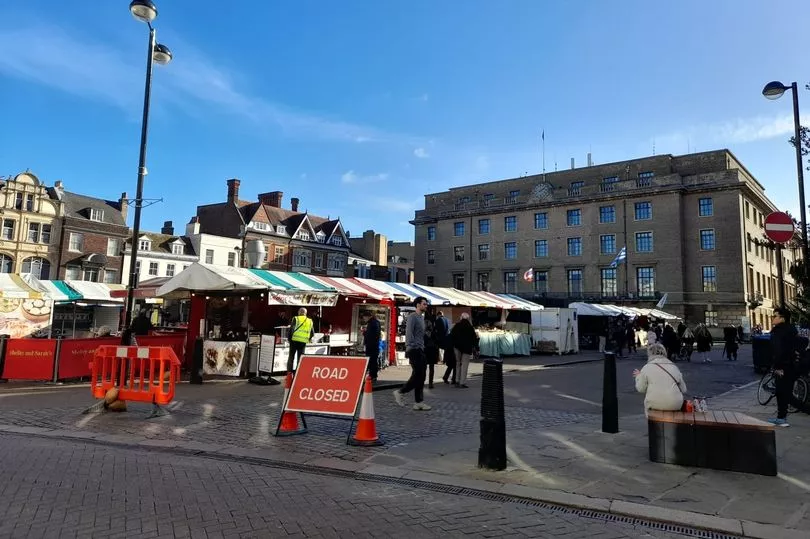The bustling town of Aylesbury is bracing itself for significant travel disruptions as a crucial thoroughfare into the town is […]
Over the past year, Cambridgeshire has experienced a noteworthy population shift, with certain areas witnessing significant growth while others remained relatively stagnant. This article delves into the areas that saw the highest increases in residents and explores the factors contributing to the uneven distribution of population changes across the county.
Cambridgeshire's Fastest-Growing Areas
The latest data reveals that several regions within Cambridgeshire have seen substantial population growth. Notably, Cambridge City continues to attract new residents, bolstered by its vibrant educational institutions, flourishing tech industry, and rich cultural scene. Similarly, South Cambridgeshire has experienced a notable influx, driven by its appealing blend of rural charm and proximity to urban amenities.
Moreover, market towns such as Ely in East Cambridgeshire and St. Neots in Huntingdonshire have seen considerable increases. These towns offer an attractive mix of historic appeal, quality of life, and improved connectivity, making them desirable locations for both families and professionals seeking a more relaxed pace without sacrificing convenience.
Areas with Minimal Population Growth

Source: https://www.cambridge-news.co.uk/news/local-news/cambridgeshire-areas-saw-populations-rise-29549701
In contrast, some areas of Cambridgeshire did not witness much growth at all. Fenland, comprising towns like Wisbech and March, showed only modest increases. This stagnation can be attributed to various factors, including fewer economic opportunities compared to other parts of the county and limited infrastructure development.
Huntingdonshire also saw lesser growth in areas apart from St. Neots. Despite its scenic beauty and historical significance, the lack of significant development projects and employment opportunities may have contributed to slower population growth in these regions.
Driving Factors Behind Population Shifts
The differential population growth across Cambridgeshire can be traced to several key factors. Economic opportunities remain a major draw, with areas offering robust job markets naturally attracting more residents. The ongoing expansion of the technology sector, particularly around Cambridge, continues to be a magnet for talent worldwide, boosting local populations correspondingly.
Another influential factor is housing availability and affordability. Regions that have effectively managed to provide new housing developments, especially affordable options, are seeing greater population increases. Conversely, areas where housing supply has not kept pace with demand are experiencing slower growth.
Transport connectivity also plays a critical role. Towns and cities benefiting from improved road and rail links are more likely to attract new residents. The continued development of transport infrastructure in South Cambridgeshire and Cambridge City epitomises this trend.
Conclusion
Cambridgeshire stands as a microcosm of broader demographic trends, with specific areas blossoming due to a confluence of economic, infrastructural, and lifestyle factors. As we move forward, it will be essential for policymakers to address the disparities in growth to ensure balanced development across the county. By fostering economic opportunities, improving housing availability, and enhancing transport links, Cambridgeshire can aspire to create a more uniformly prosperous region, benefiting all its residents.
